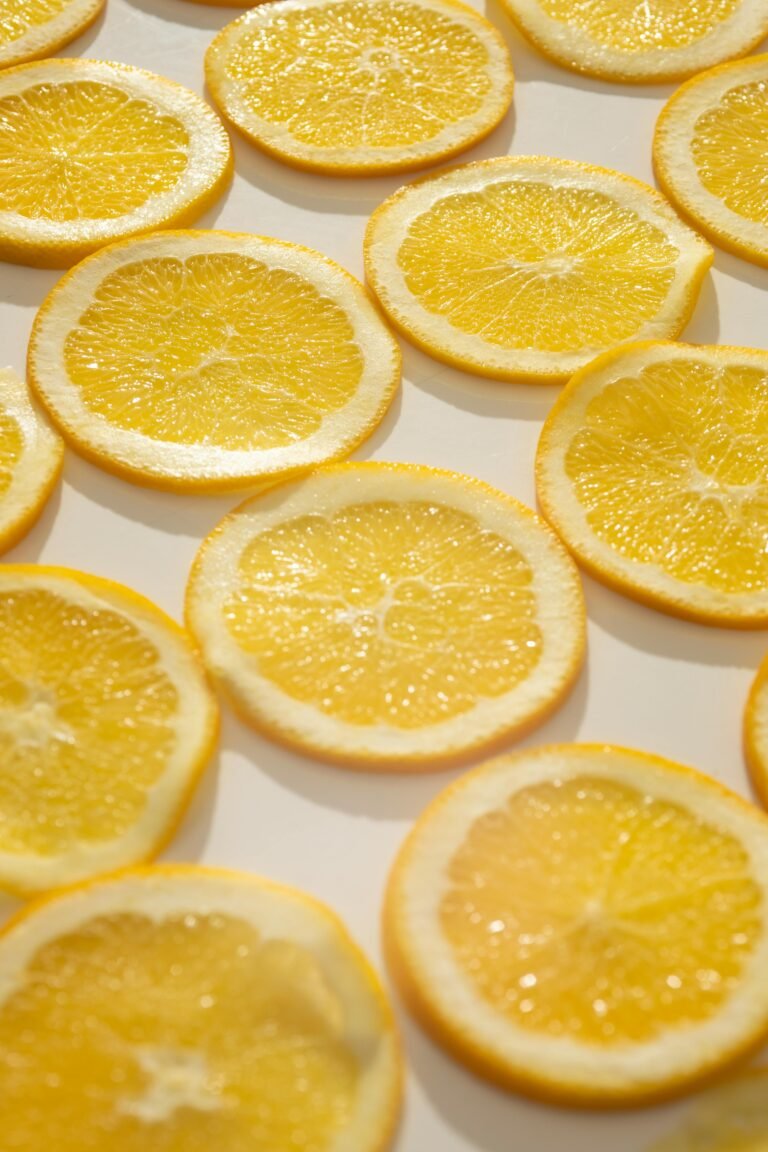Medieval diet: this is what our ancestors ate
A very interesting study was able to identify what people who lived in medieval England ate, analyzing the organic remains found in the terracotta used for cooking.
The medieval diet study conducted by the University of Bristol of medieval furnishings in the Northamptonshire town of West Cotton sheds new light on the everyday life of our ancestors.
In fact, until now the documents in the possession of the medievalists belonged to more affluent classes of the population. The testimonies were those of groups belonging to the clergy or nobles.
But little was known about the medieval diet of the common man, apart from a few plausible reconstructions. The result of the study is not unlike the hypotheses on rural life in the Middle Ages already advanced in recent years.
WHAT DID THE MEDIEVAL DIET OF THE COMMON PEOPLE CONSIST OF?
The medieval diet of the common man, in fact, was largely based on stews of mutton or beef and leafy vegetables or cabbage, but the consumption of cheeses and other dairy products such as butter was also massive. The latter were considered “the white meat of the poor”.
Finally, sheep or game meat was eaten and salami or pork sausages were produced in small quantities. At least in non-maritime areas no fish was consumed at all, not even dried.
While nuts and fruit, and even legumes were not very popular, unlike the roots. Very little bread.
However, it must be considered that the English Middle Ages were very different from that of the rest of Europe, for historical reasons.
Other finds have shown how in general the medieval European peasant or the poor man ate the remains of food, often varied, including offal, carcass broths, small animals and cabbage leaves, which they procured here and there.
























+ There are no comments
Add yours